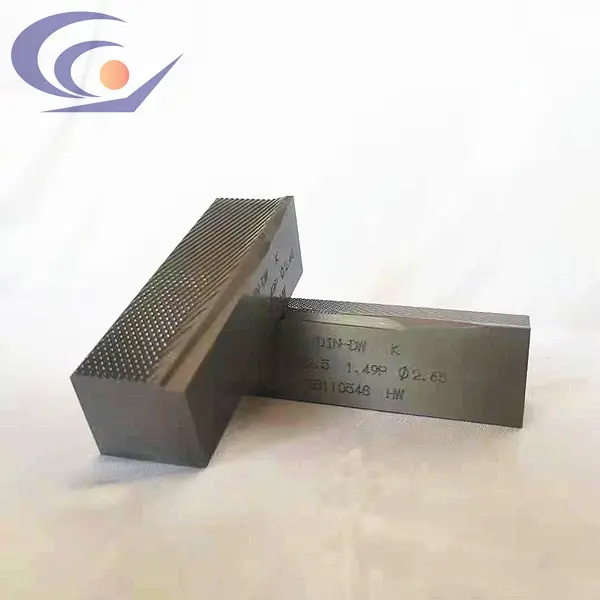Introduce:
In fast-paced manufacturing, precision and efficiency are critical. Different industries rely heavily on the production of high-quality threaded components, and one of the key players in achieving this feat is thread rolling dies. This often overlooked tool embodies the art of precision and can significantly impact a product’s efficiency and durability. In this blog, we will explore the fascinating world of thread rolling dies, their importance and their contribution to improving manufacturing processes.
Learn about thread rolling molds:
A thread rolling die is a carefully designed cutting tool used to produce external threads on a variety of materials including metal, plastic or wood during the manufacturing process. It is widely used in various industries including automotive, aerospace, plumbing and construction. The intricate design of the mold helps produce uniform and high-quality threads, ensuring optimal performance and durability of the finished product.
Improve the efficiency of your manufacturing process:
Thread rolling dies play a vital role in streamlining the manufacturing process. Unlike other traditional methods such as cutting or tapping, thread rolling eliminates material removal and creates threads through cold forming. This technology significantly reduces material waste, saving time and resources during the manufacturing process. Additionally, thread rolling increases thread strength and fatigue resistance, thereby increasing the overall quality and longevity of the final product.
Ensure precision in thread production:
Achieving precision in thread production is critical because threaded components often perform critical functions in a variety of applications. Thread rolling dies are carefully designed and machined to produce consistently sized and precise threads. The mold is configured to ensure perfect alignment of the threads, minimizing the chance of errors and misalignment in the final product. This attention to detail ensures reliable performance of threaded components, avoiding potential problems such as thread failure or stripping.
Advantages of thread rolling dies:
1. Strength and durability: Thread rolling creates compressive stresses that strengthen the manufactured threads, making them resistant to stripping or failure.
2. Cost-effective solution: Thread rolling dies last longer compared to traditional cutting tools, reducing replacement costs and manufacturing downtime.
3. Increased efficiency: The thread rolling cold forming process reduces production time, resulting in a faster and more efficient manufacturing process.
4. Enhanced surface finish: Thread rolling produces an excellent surface finish without the need for additional post-processing operations such as grinding or polishing.
5. Versatility: Thread rolling dies can be adapted to a variety of materials, including but not limited to metal, plastic or wood, providing production flexibility.
In conclusion:
Thread rolling dies are indispensable tools in various manufacturing industries. Its clever design and meticulous engineering help improve the efficiency, cost-effectiveness and precision of producing high-quality threaded components. As technology advances, thread rolling dies continue to evolve, revolutionizing the manufacturing process and ensuring a continued supply of durable and reliable products. By recognizing its importance and taking advantage of its capabilities, manufacturers can reap the many benefits provided by this unsung hero of the industry.
Post time: Oct-07-2023



